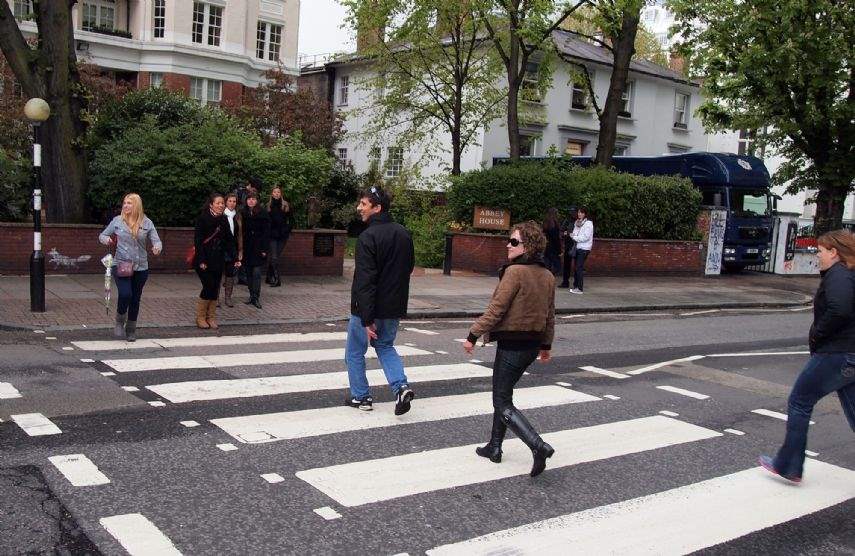In England, listing a building marks and celebrates its special architectural and historic interest, and also brings it under the consideration of the planning system, so that it can be protected for future generations. Listings cover not only buildings but also structures of various kinds, from milestones and bridges to swimming pools and even a zebra crossing (Abbey Road, pictured above).
Anyone can nominate a building or structure to be considered for protection through listing. Historic England (formerly known as English Heritage), the Government’s expert heritage advisor will make a recommendation to the Secretary of State for Digital, Culture, Media and Sport (DCMS) who will make the final decision on whether a site should be listed or not. Listed buildings in England are included on The National Heritage List for England.
A building is listed if it is deemed to possess ‘special interest’ of an architectural or historic nature. Key criteria for listing through architectural interest may include the buildings importance in terms of architectural design or craftsmanship, significant plan forms, or important examples of a particular style or technique of construction, and through historic interest the building may illustrate aspects of the nation’s social, economic, cultural or military history or have close associations with nationally important people.
There should also normally be some interest in the physical fabric of the building. Generally, buildings which predate 1700 and remain in anything like their original condition are listed, as are most dating between 1700 and 1840. Few buildings of less than 30 years old are listed, however several late 20th-century structures have recently been added to the list.
Listing highlights what is significant about a building or site and helps to make sure that any future changes to it do not result in the loss of its significance.
There are three levels of listing in England, each signifying the perceived importance of the building; Grade I buildings are considered to be of exceptional interest; Grade II* buildings are particularly important buildings of more than special interest; Grade II buildings are of special interest. There are over 400,000 listed buildings in England.
On the whole, the listing provides protection to the entire structure (do not be confused by the Historic England listing description, which primarily is used only to identify the building), both the interior and exterior. External buildings associated with the listed building can also be protected as ‘curtilage listed’ structures, so be sure to check if you are undertaking works to them.
Listing is not a preservation order, preventing change. It does not freeze a building in time, it simply means that listed building consent must be applied for in order to make any changes to that building which might affect its special interest.
Further information
Contact Savills Heritage Planning
Read more: 'In plain English': property jargon explained by the experts









.jpg)
.jpg)